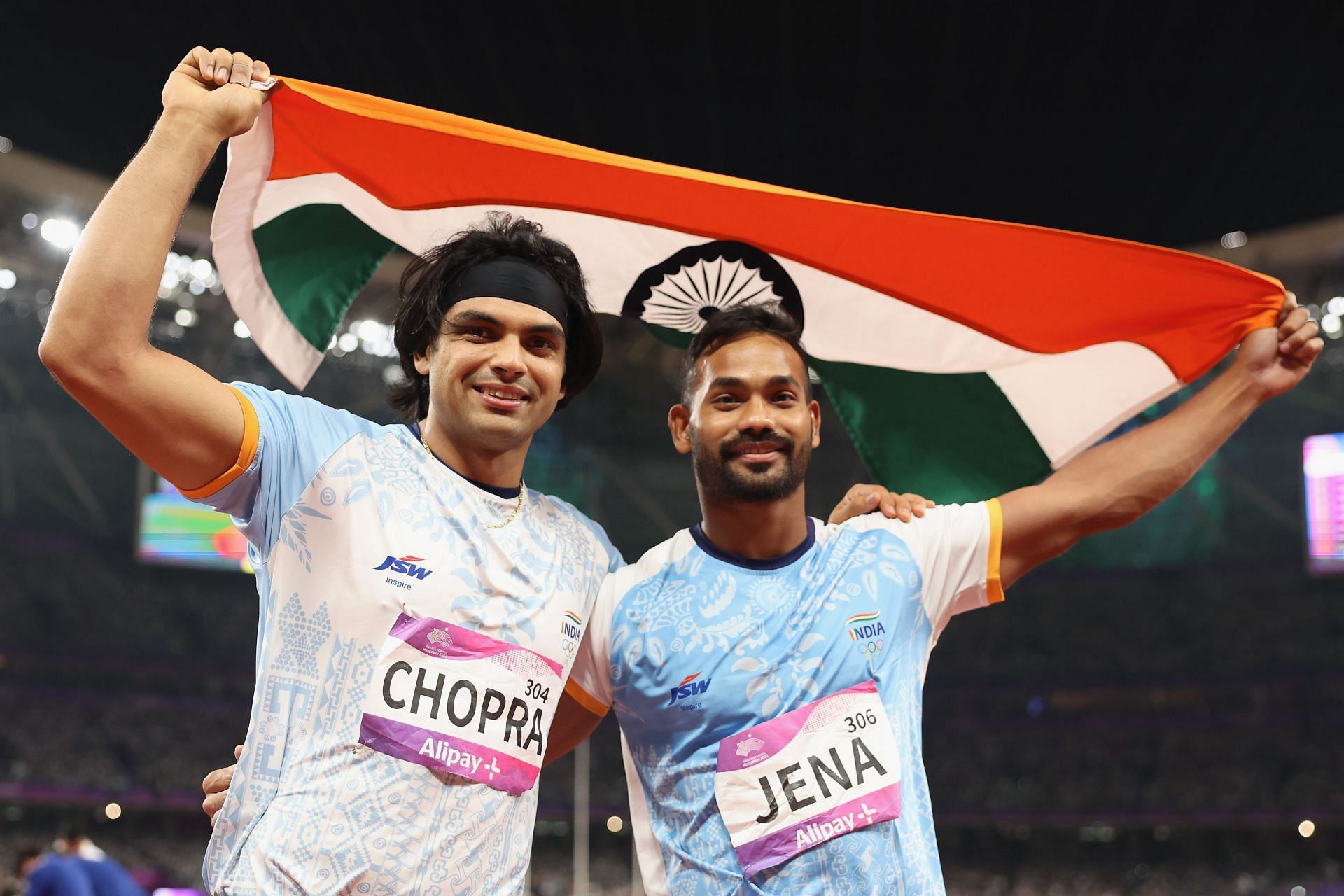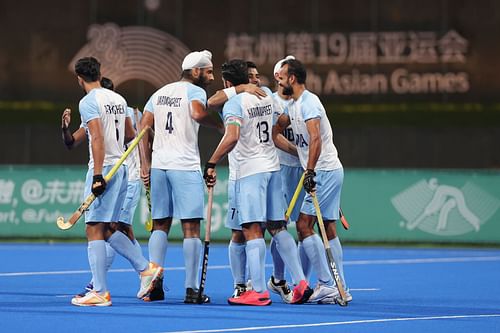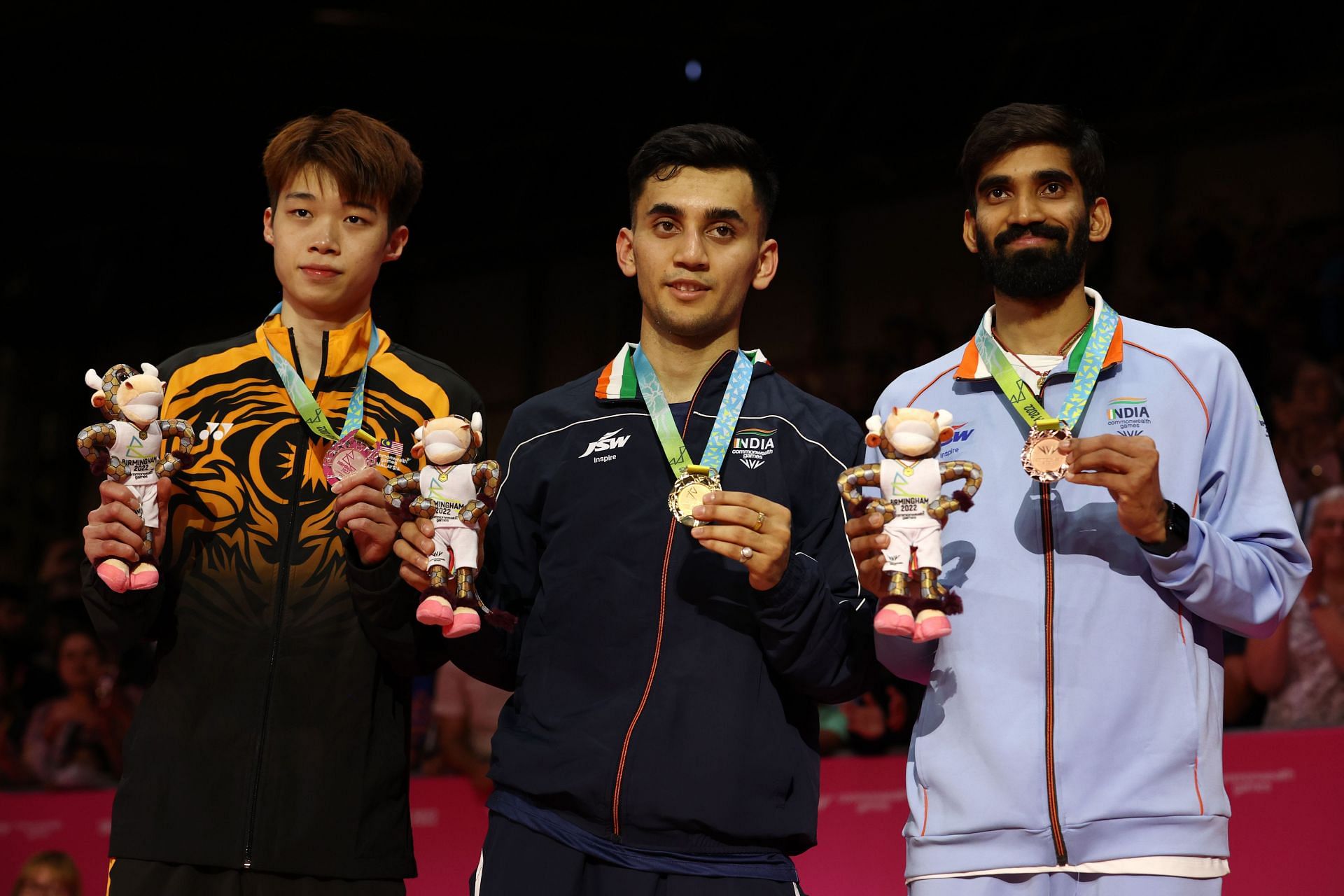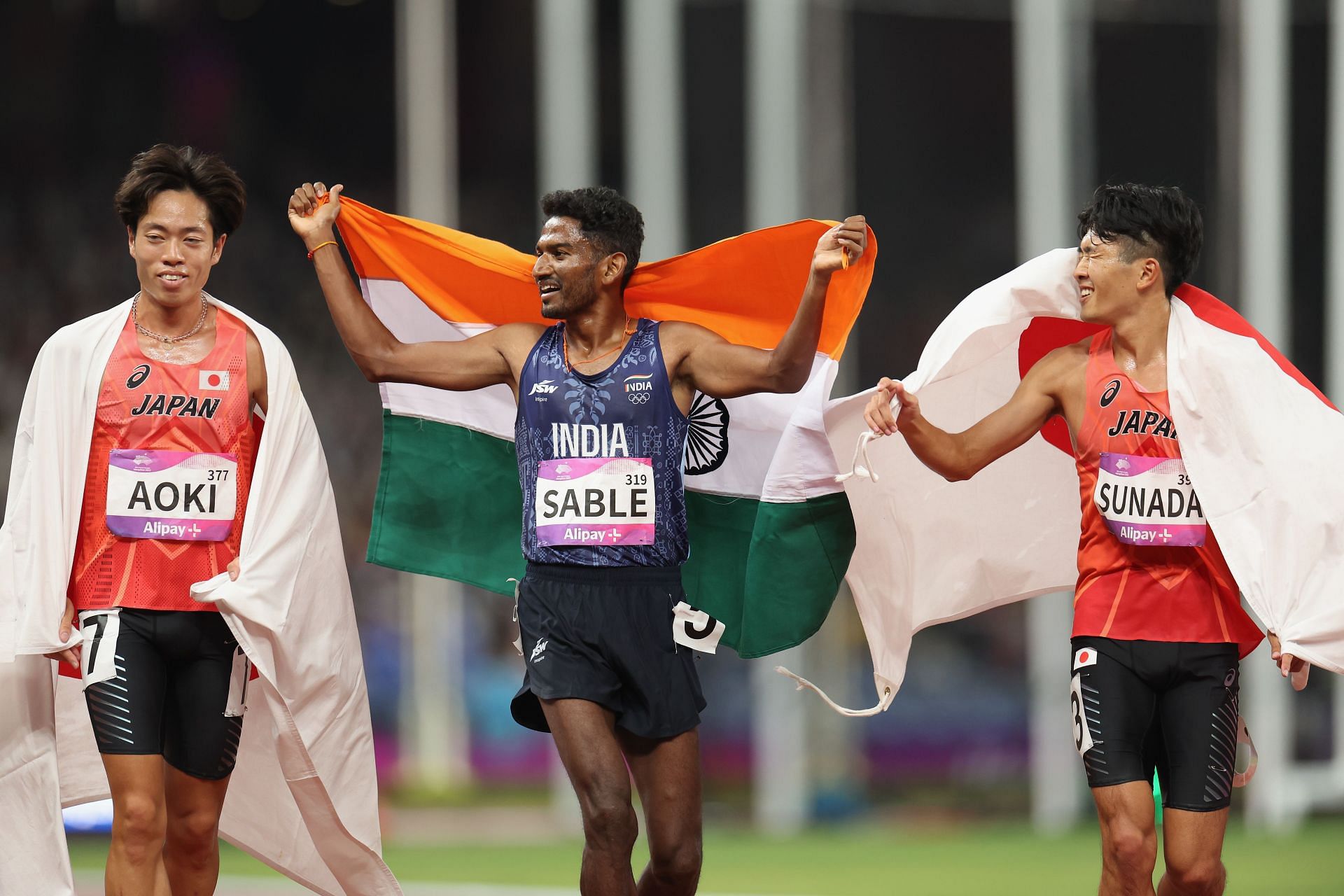
Unlocking India's Sporting Potential: A Path to 120+ Medals
India has participated in twenty-seven Summer Olympics over the last 123 years, accumulating a total medal count of 35. Yes, you read that correctly - thirty-five medals. In comparison, the USA boasts 2980 medals, the UK 948, and even New Zealand (where it is humorously said sheep outnumber humans!), has a healthy tally of 140 medals.
India's performance in the Commonwealth Games (CWG) and Asian Games (AG)

When we shift our focus to the Commonwealth Games (CWG) and Asian Games (AG), we observe that India's overall medal tally tends to fluctuate by approximately 10% over the last decade of competitions. The year 2010 was an exception with an impressive 101 medals at CWG Delhi. In the past four Asian Games, the medal count has similarly oscillated by about 15%.
One consistent trend in these signature events has been India's medals tally remaining range-bound, typically in the 50s to 60s on average. The 2018 Asian Games saw India secure 69 medals, placing them 8th after Chinese Taipei. However, in the latest Asian Games, India has shattered the status quo, increasing its overall medal count by nearly 50% of the average, crossing the unprecedented landmark of 100+ medals and securing the 4th position - a historic first for India!
The Path Ahead: Aiming for 120+ Medals

So, how can India set its sights on winning 120+ medals in the next Asian Games (Japan, 2026) and the upcoming CWG (Australia, 2026) as a matter of routine? Furthermore, how can India move closer to competing with Japan and South Korea for 2nd or 3rd position in the 150s to 160s medal range, and establish a two-digit medal tally at the incoming Olympics (2024/2028)?
To my mind, it isn't a difficult feat. Much of the groundwork has already been laid by numerous stakeholders, both in the public and private sectors, over the last decade or so.
1. Mission-Oriented Approach
First and foremost, India needs a mission-oriented approach, akin to initiatives for various national activities such as Space, Millets, Water, Solar, Toilets, Tiger Conservation, and Digital Innovation. Sports federations and bodies must proactively scout for talent, mirroring talent scouts in the USA and Indian cricket. Financial and resource support, whether from the government, philanthropy, or non-profit organizations, should incentivize them to operate efficiently.
2. Streamlined Training and Preparation
Second, access to sports must be made more accessible through training camps, facilities, overseas exposure, and orientation, starting from the district/state level and progressing to the national level. This should be a ongoing effort, commencing at least two years before competitions, rather than a last-minute dash.
3. Key Role of Armed Forces, Railways, and Private Sector

The armed forces, railways, and the private sector, operating under corporate social responsibility (CSR), possess the necessary resources and capabilities to implement best-in-class practices. They should adopt and nurture talented sportspeople, creating individualized roadmaps for promising athletes. Start-ups with a CSR obligation or passion can also play a vital role, thanks to their willingness to break away from traditional thinking.
4. Sports-Oriented Non-Profits
Where sports federations fall short, specialized sports-oriented non-profits or sports NGOs and academies can step in. They can ensure the participation of their wards at the highest levels, aligning with qualifying norms.
5. Diverse Representation in Sports
Lastly, India should aim to have teams represented in as many disciplines as possible, even in those where we may not have a natural advantage or flair. For instance, out of 61 disciplines in the recently concluded Asian Games, India participated in 41 of them, some with challenging names for the Indian palate. There is potential for at least another 10 medals in these disciplines alone, such as BMX biking, racing, e-sports, slalom, canoeing, skating, climbing, Dance Sport, sepak takraw, wushu, and more.
In conclusion, India's sporting talent is immense. Let's work together to unlock this potential and make it happen!